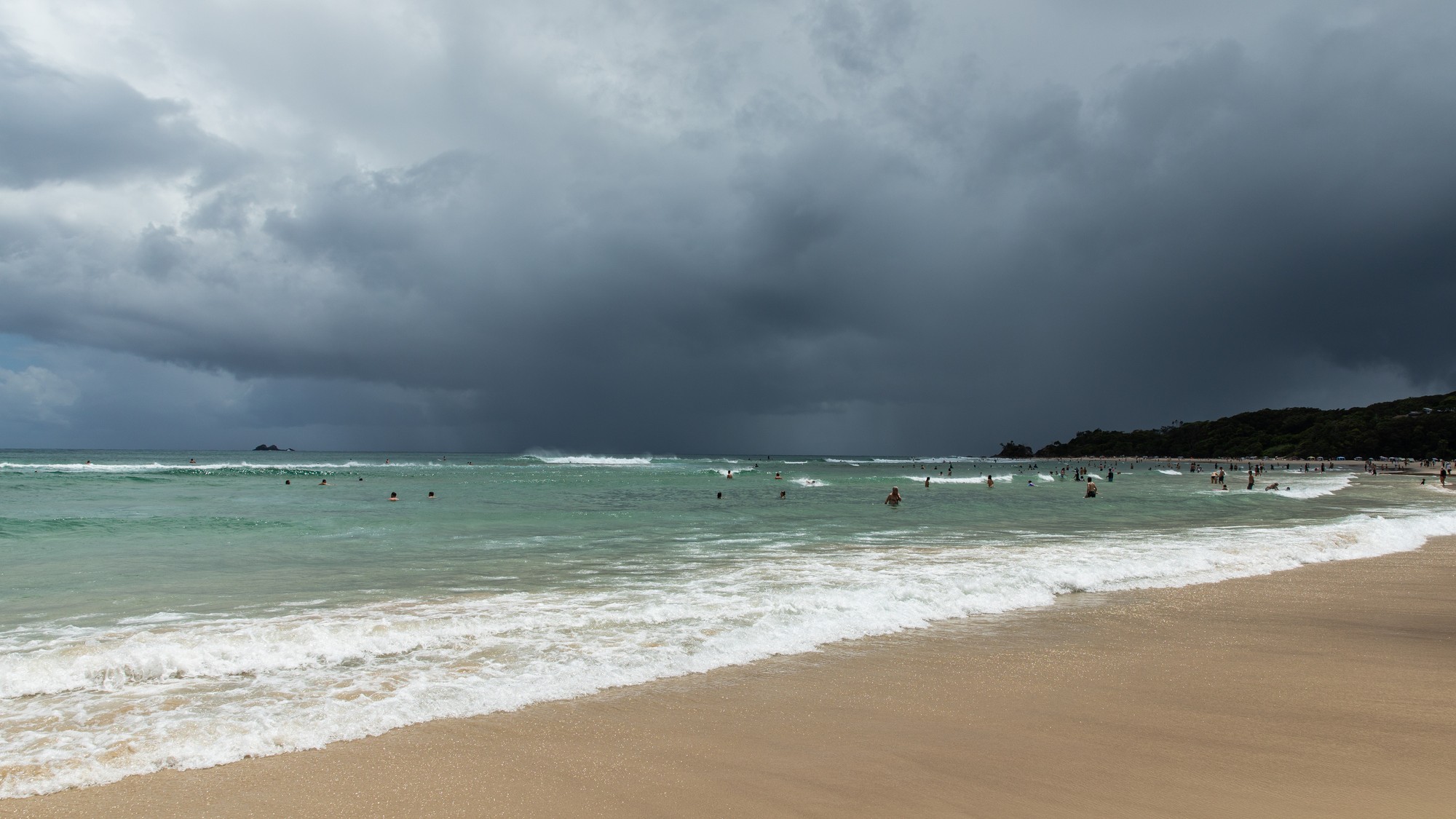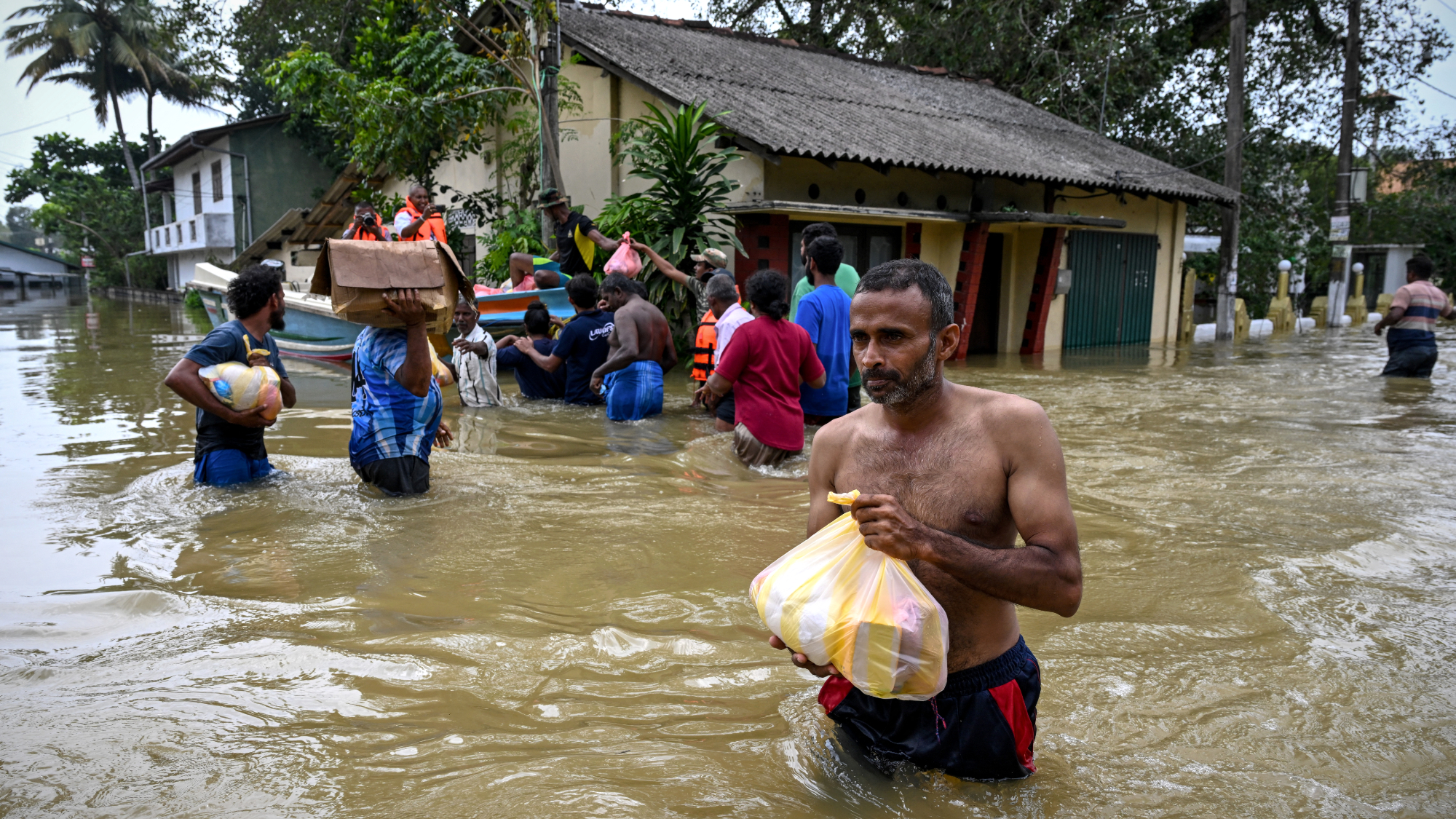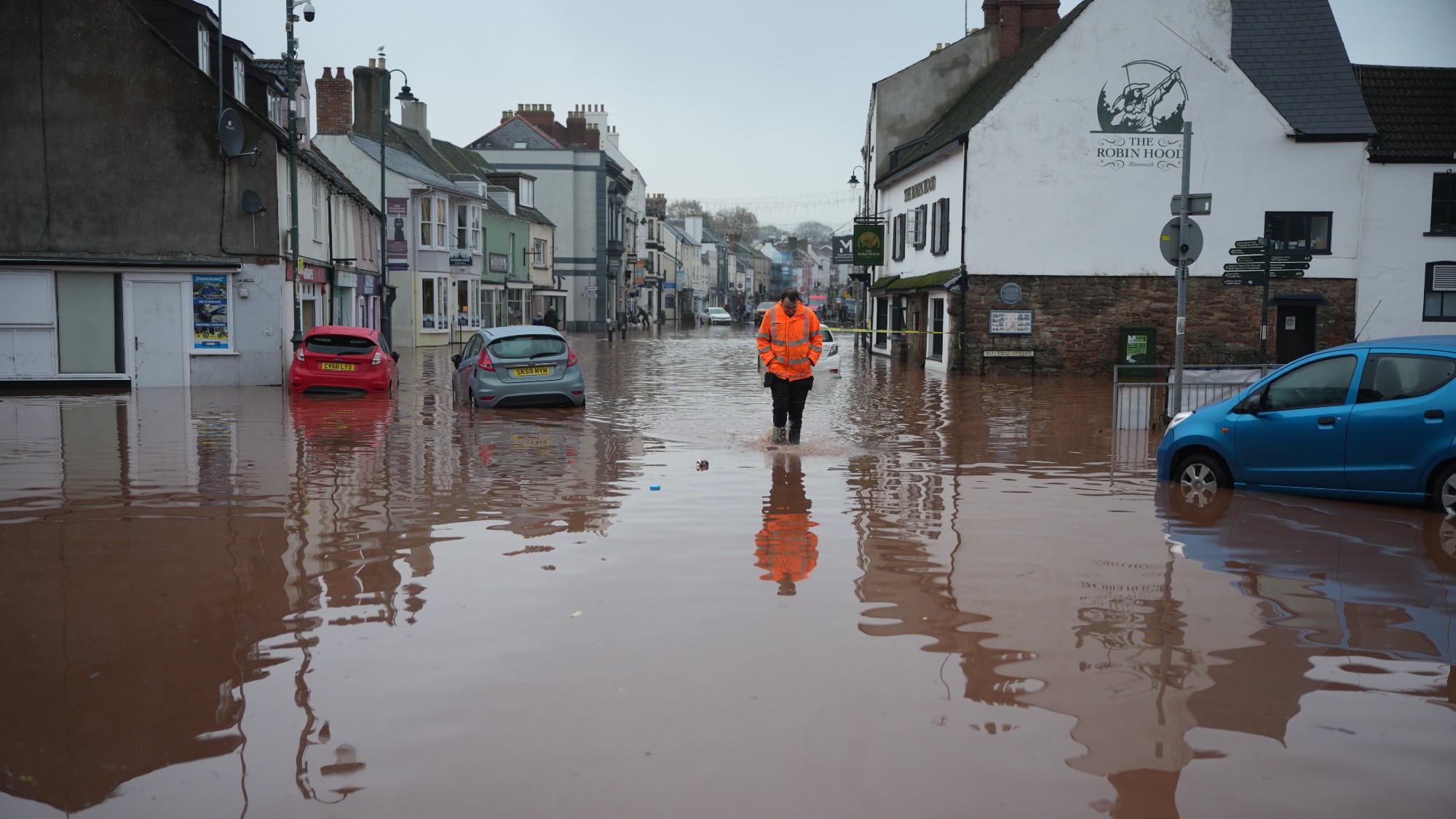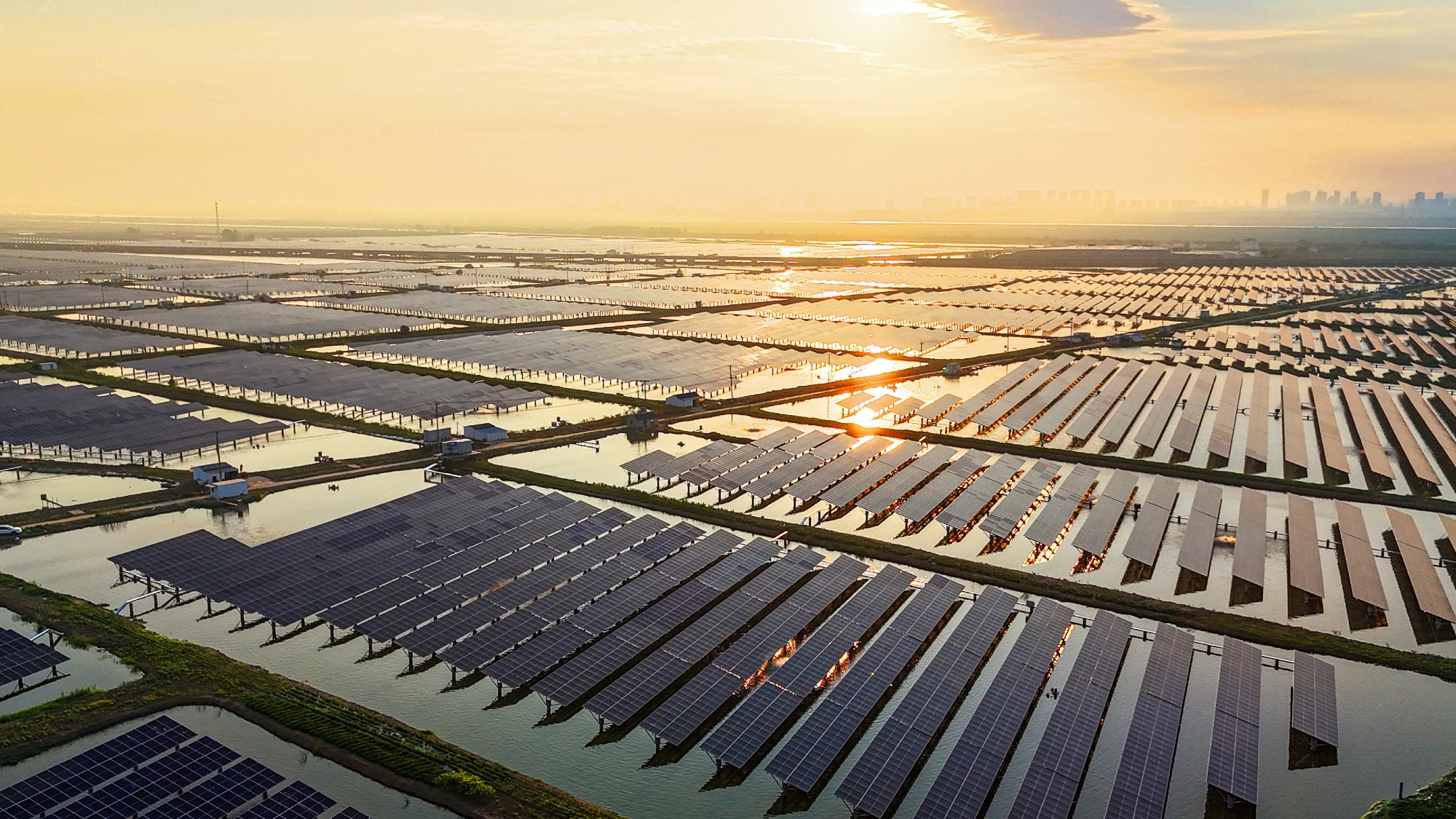Welcome to summer without El Niño
Temperatures may be cooler. But not by much.


El Niño is on its way out just as summer is approaching. The weather phenomenon was heavily responsible for the extreme heat of last summer, so summer 2024 has the potential to look different. However, scientists say that the heat is not going away any time soon, and hurricanes will be more frequent as El Niño's sister phenomenon La Niña brings cooler ocean temperatures. Also, in a world of rapidly worsening climate change, moderate summers are likely a relic of the past.
How are the weather patterns changing?
El Niño is a weather phenomenon "associated with warmer-than-normal ocean temperatures over the tropical Pacific," said The Washington Post. The warmer water "evaporates readily, adding moisture to the atmosphere and triggering a cascade that alters rainfall, heat waves and drought patterns across the world," said Vox. The phenomenon contributed to the record-breaking heat in the summer of 2023 and favored "wetter winters across the south and the southwestern United States and drier and warmer winters in the Pacific Northwest," Aaron Levine, a research scientist at the Cooperative Institute for Climate, Ocean and Ecosystem Studies at the University of Washington, said to Newsweek. However, El Niño is losing steam and will likely be gone by the time summer hits, making way for La Niña to form between the middle of summer and the beginning of fall. During La Niña, ocean temperatures "over a large area of the Pacific drop by at least 0.5 degrees Celsius below the historical average for three months or more," said Vox.
Forecasters predict that oceans will reach their neutral phase, the stretch between El Niño and La Niña when ocean temperatures are more or less average, by June. However, while El Niño may not be here for much longer, "historically, strong El Niños are followed by short neutral phases, about three to five months, before switching to La Niña," said Vox. Climate change has also made the transitional period unpredictable. "This obviously isn't our grandmother's transition out of El Niño — we're in a much warmer world, so the impacts will be different." Michelle L'Heureux, a climate scientist with the Climate Prediction Center, said to CNN.
The Week
Escape your echo chamber. Get the facts behind the news, plus analysis from multiple perspectives.

Sign up for The Week's Free Newsletters
From our morning news briefing to a weekly Good News Newsletter, get the best of The Week delivered directly to your inbox.
From our morning news briefing to a weekly Good News Newsletter, get the best of The Week delivered directly to your inbox.
What will the summer weather look like?
While it may not be as intense as last year, high heat will still be a factor. "Above-average temperatures are forecast over nearly every square mile of the Lower 48," said CNN. "Only portions of the Dakotas, Minnesota and Montana have an equal chance of encountering near normal, above- or below-normal temperatures." The good news is that it is "possible the switch to La Niña could moderate global temperatures in 2024 and prevent them from surpassing 2023," said the Post.
The eastern U.S. will likely see wetter conditions, while the West will be drier than usual. "Stormy weather could be a consistent companion for much of the East — but whether it comes from typical rain and thunderstorms or tropical activity won't be known for months," said CNN.
With La Niña expected to appear in mid-to-late summer, the weather patterns will intensify. "La Niña, to me, is 'extreme normal,'" Mickey Glantz, the director of the Consortium for Capacity Building at the University of Colorado Boulder, said to Vox. "You have a wet season, it's going to be really wet. If you have a dry season, the probability is it's going to be really dry." In addition, the Atlantic Ocean is likely going to be in for a stormy season. "We anticipate a well above-average probability for major hurricanes making landfall along the continental United States coastline and in the Caribbean," forecasters at Colorado State University said in a press release. "Sea surface temperatures in the eastern and central Atlantic are currently at record warm levels and are anticipated to remain well above average for the upcoming hurricane season."
A free daily email with the biggest news stories of the day – and the best features from TheWeek.com
Devika Rao has worked as a staff writer at The Week since 2022, covering science, the environment, climate and business. She previously worked as a policy associate for a nonprofit organization advocating for environmental action from a business perspective.
-
 ‘It is their greed and the pollution from their products that hurt consumers’
‘It is their greed and the pollution from their products that hurt consumers’Instant Opinion Opinion, comment and editorials of the day
-
 Jane Austen lives on at these timeless hotels
Jane Austen lives on at these timeless hotelsThe Week Recommends Here’s where to celebrate the writing legend’s 250th birthday
-
 ‘Mexico: A 500-Year History’ by Paul Gillingham and ‘When Caesar Was King: How Sid Caesar Reinvented American Comedy’ by David Margolick
‘Mexico: A 500-Year History’ by Paul Gillingham and ‘When Caesar Was King: How Sid Caesar Reinvented American Comedy’ by David Margolickfeature A chronicle of Mexico’s shifts in power and how Sid Caesar shaped the early days of television
-
 Death toll from Southeast Asia storms tops 1,000
Death toll from Southeast Asia storms tops 1,000speed read Catastrophic floods and landslides have struck Sri Lanka, Indonesia, Thailand and Malaysia
-
 Can for-profit geoengineering put a pause on climate change?
Can for-profit geoengineering put a pause on climate change?In the Spotlight Stardust Solutions wants to dim the sun. Scientists are worried.
-
 How will climate change affect the UK?
How will climate change affect the UK?The Explainer Met Office projections show the UK getting substantially warmer and wetter – with more extreme weather events
-
 Can the UK do more on climate change?
Can the UK do more on climate change?Today's Big Question Labour has shown leadership in the face of fraying international consensus, but must show the public their green mission is ‘a net benefit, not a net cost’
-
 Did Cop30 fulfil its promise to Indigenous Brazilians?
Did Cop30 fulfil its promise to Indigenous Brazilians?Today’s Big Question Brazilian president approves 10 new protected territories, following ‘unprecedented’ Indigenous presence at conference, both as delegates and protesters
-
 Can the world adapt to climate change?
Can the world adapt to climate change?Today's Big Question As the world gets hotter, COP30 leaders consider resilience efforts
-
 Taps could run dry in drought-stricken Tehran
Taps could run dry in drought-stricken TehranUnder the Radar President warns that unless rationing eases water crisis, citizens may have to evacuate the capital
-
 The future of the Paris Agreement
The future of the Paris AgreementThe Explainer UN secretary general warns it is ‘inevitable’ the world will overshoot 1.5C target, but there is still time to change course
